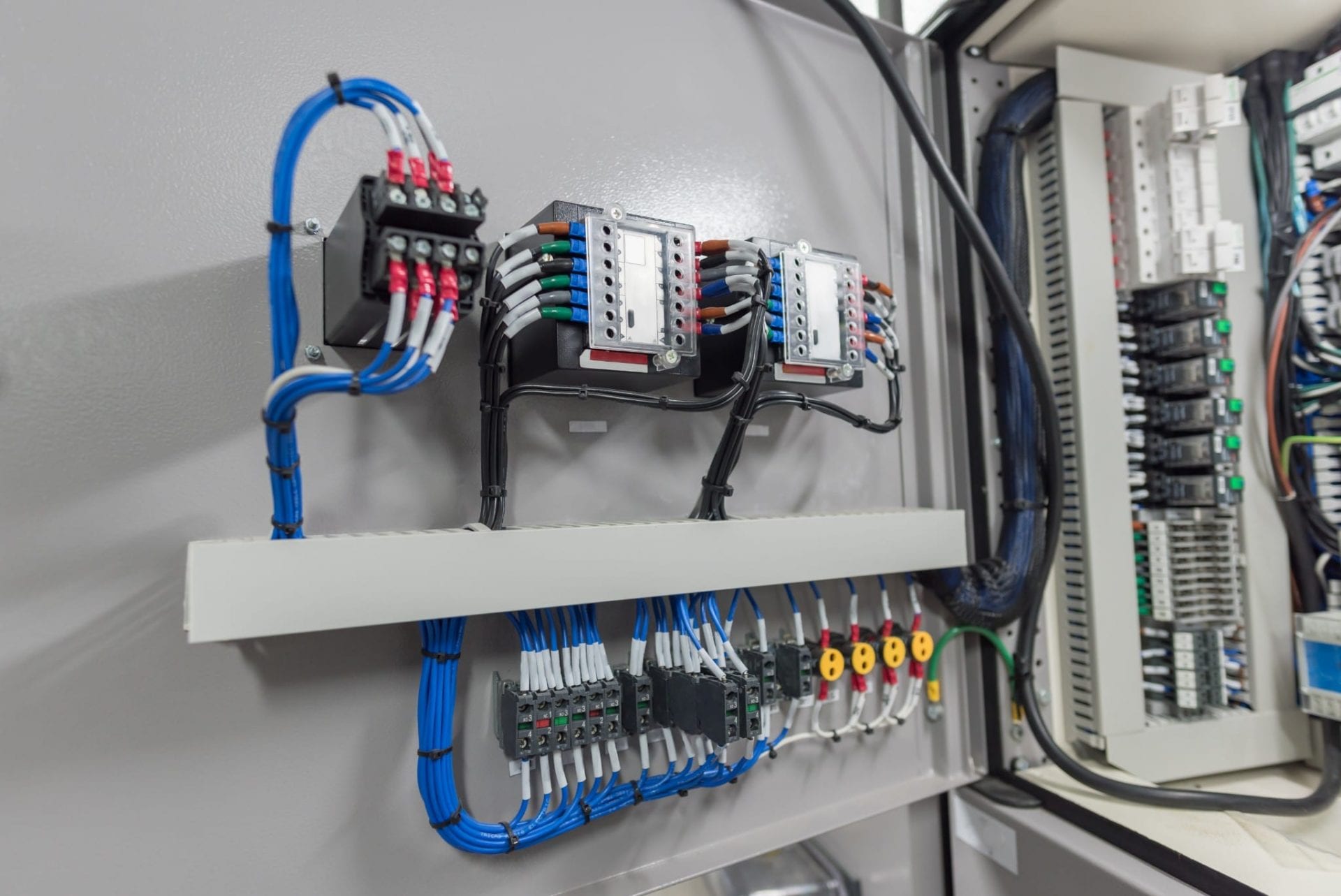Beginner's Guide to Electrical Wiring: Tips and Techniques for Efficient and Safe Installation

The electrical wiring is an essential element of every home and understanding it is important for every homeowner. Not only does it help in ensuring the proper functioning of your home however, it is crucial for your safety. In this article, we’ll go over the fundamentals of electrical wiring, the importance of safety, and the benefits of hiring an accredited residential electrician for all your electrical wiring needs.
Understanding the fundamentals of electrical wiring
Wiring for electrical purposes is the set of electrical conductors that runs throughout your home, providing electric power to appliances or devices as well as lighting fixtures. It is formed by electrical circuits that connect the sources of power with your gadgets. Circuits for electrical power are comprised of wires, switches, and other electrical components that work together to form a secure and reliable electrical system. There are many kinds of electrical wiring, including aluminum, copper, and types of wire insulation such as PVC or rubber.
Planning and Preparation for Electrical Wiring
Before you install new electrical wiring, there are many things to think about, including the type of wiring you require, the power capacity for your current electrical systems, and the power requirements you require. It is also important to be aware of the electrical wiring regulations and permits that are required in your area. To prepare your electrical wiring system, create an electrical plan and assess your electrical requirements. This will to ensure your wiring system is secure, efficient, and meets the power requirements of your home.
Materials and Tools Needed for Electrical Wiring
When installing new electrical wiring it is crucial to have the proper tools and materials available. The most important tools are strippers, wire cutters, pliers, and a voltage tester. Other items required for electrical wiring include wire nuts, electrical tape, conduit as well as electrical box. It is also helpful to have a wiring diagram to help you with the installation process.
Step-by-Step Instructions for Installation of Electrical Wiring
Installation of electrical wiring can be complicated however, with the right tools and expertise it can be accomplished safely and efficiently. This is a step-by-step guide to installing electrical wiring at home:
Switch off the power in the location where you’ll be working.
Create a wiring plan and mark where the wiring will be installed.
Install electrical conduits and electrical boxes where necessary.
Cut and strip wires to the correct length.
Wires should be connected to fixture or device you’re wiring.
Make sure the wires are secured using the wire nuts or electrical tape or conduit straps.
Check the wiring to make sure that it’s functioning correctly.
During the installation process It is crucial to follow the best wiring installation methods and suggestions. Also, be conscious of common mistakes you need to avoid when installing electrical wiring, like wiring circuits that are too large, using damaged wires or using the wrong kind of wire.
Troubleshooting Electrical Wiring Problems
Even with careful planning as well as installation issues can occur. Common problems include wiring problems, overloads in circuits and electrical shorts. To troubleshoot these problems, it is important to be aware of common electrical wiring issues and know how to safely and effectively solve these issues. It is also essential to follow the proper electrical safety protocols when attempting to solve electrical wiring problems, such as turning off the power and wearing appropriate safety equipment.
Conclusion
In the end, knowing about electrical wiring in your home is crucial for your safety as well as the effective functioning of your electrical system. It is essential to employ an accredited electrician to ensure your wiring is maintained and installed correctly. At Local Electrician Seven Hills, we provide a range of electrical services, which include electrical wiring installation and repair. Reach out to Local Electrician Seven Hills at 1300 610 481 to discuss all your electrical wiring requirements.
Electrical Wiring FAQ
Here are some commonly asked questions regarding electrical wiring. They also include additional safety tips and best practices for electrical wiring installation and repair:
What type of wire should I use for my electrical wiring?
The kind of wire you choose to use for your electrical wiring will depend on the particular requirements of your project and local building codes. It is important to use the right gauge for your wire as well as the appropriate insulation type and wire material to ensure the security and effectiveness of your electrical system.
Do I have to install myself my own wiring for electrical use?
While it is feasible to install the wiring yourself, it is essential to have the proper knowledge and experience to install it safely and efficiently. In the majority of cases it is recommended that you engage a licensed electrician to ensure that the wiring is set up and maintained properly.
How often should I have my electrical wiring inspected?
It is recommended to examine your electrical wiring every 10 years or when you spot indications of electrical issues for example, frequent trips to the circuit breaker or electrical shocks.
What do I do if discover electrical wiring issues in my house?
If you spot any electrical wiring issues within your home, like flickering lighting or outlets that do not work, it is important to take action immediately. Shut off power to the area affected and then contact an authorized electrician to evaluate and repair the problem.
If you follow these guidelines and the best methods, you can be sure that your electrical wiring is secure and functioning correctly. Be sure to put safety first and consult with a licensed electrician in the event of a need. Contact Local Electrician Seven Hills at 1300 610 481 to discuss all of electrical wiring issues.
